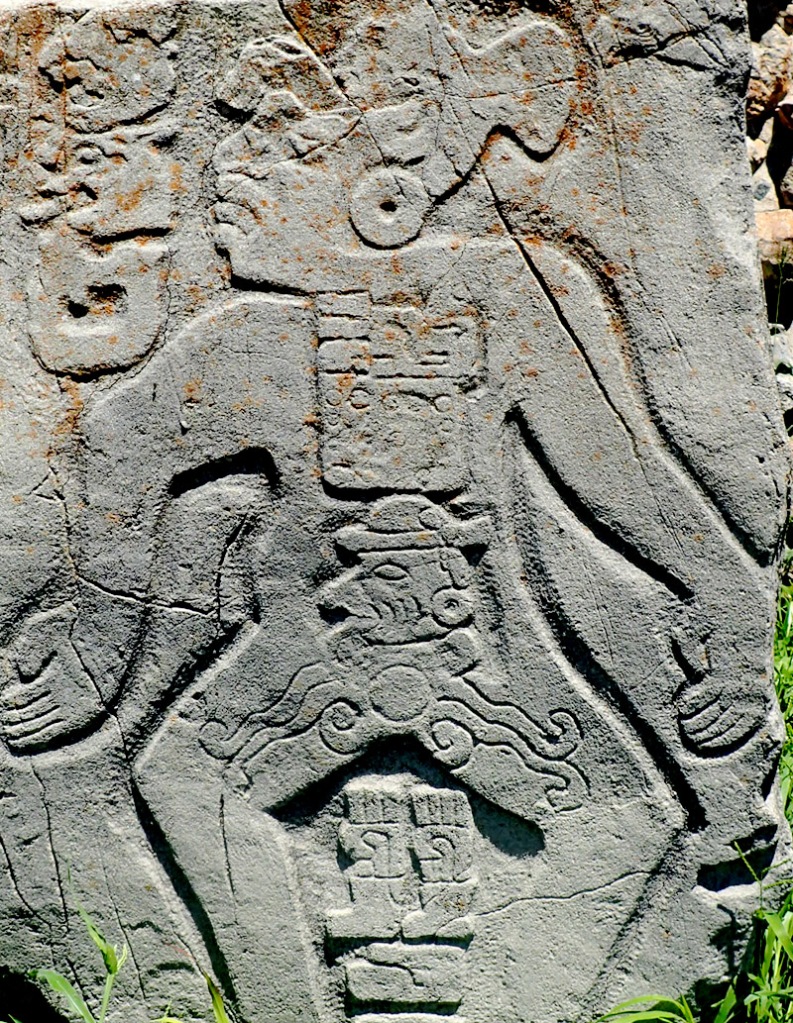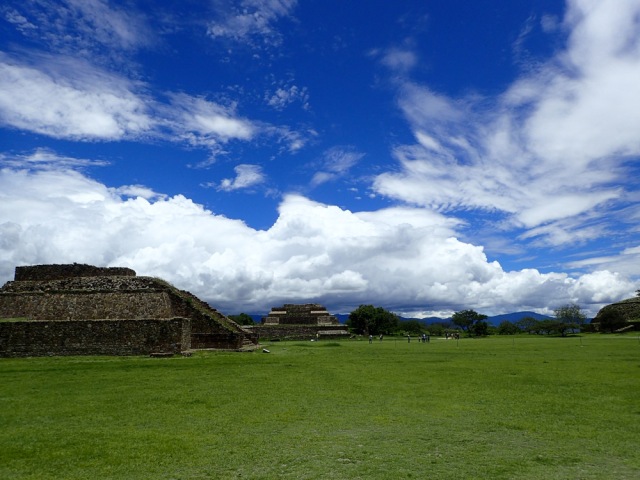Alert: This is last years offering which I’m adding to. I’ve rejoined the British Museum so I’m back in the members’ room to write and edit photos. So happy to be back in my second home which is more condusive to work-like endeavours. They also have an eclectic library so I’ve just managed to cross reference information on the Zapotec, Mixtec and Mayan with some art photos which are lovely because old and I don’t recognise them so probably they are hidden away in some basement these days. Enjoy

JULY 2021 OAXACA MEXICO.
OR, A MOUNTAINTOP ZAPOTEC CITY LINKED CLOSELY TO Teotihuacán and mitla
It’s huge, it’s Zapotec and it’s completely different to what I expected. I hadn’t researched at all so it was a huge learning curve from my usual Mayan sites.
A LITTLE HISTORY OF THE ZAPOTEC AND MIXTEC.
In parallel with the rise of Teotihuacan, Zapotec civilisation encompassed much of the southern highlands. In the course of the first millennium BC, early chiefdoms of the Oaxaca Valley coalesced into a militaristic Zapotec state centred on the commanding hill-top capital Monte Albán. Zapotec scribes invented one of the four independent Mesoamerican writing systems (the others being Maya, Mixtec and Aztec) and refined their own variant of the 260-day ritual calendar which was in widespread use throughout Mesoamerica.
From about AD 1200, Mixtec peoples began to assume control of key Zapotec sites through conquest and political alliances. Knowledge of metallurgy, which had been introduced a few centuries earlier from South and Central America, was employed in the production of copper and gold objects to reflect rank and status. During the fifteenth century AD, the Mixtec resisted the Aztec imperial advance, but the consummate stoneworking and metalworking skills of many Mixtec artisans were redeployed to serve the Aztec kings.
The Zapotecs were a sedentary culture living in villages and towns, in houses constructed with stone and mortar. They recorded the principal events in their history by means of hieroglyphics, and in warfare they made use of cotton armour. The well-known ruins of Mitla have been attributed to them.
(I will write another post about the fabulous jade and gold discoveries, that are housed in Oaxaca Palace Museum. This is closed at the moment but I’ll be able to dig up some photos from before. I really need to write a bit more about the amazing Zapotecs)

CLOSED PLACES AND CHANGED PLANS
I had got up ready to go to the archaeological museum but it has been closed. No signs on the door except the opening hours, and through the peephole a man informed me that they didn’t know when they’d open again to which I replied rather hotly I must confess well put a sign on the door then and change the bloody Google details. He said that’s a good idea I’ll put a sign on the door as if he’d just thought of it. Yes, some people have travelled thousands of miles to see these artefacts I whined. His beady eyes perused me as if I was mad. And sort it out on Google and your site this is the second time I’ve come here. He was making me cross and I felt as if he might just let me in if I kept banging on about it.
Top Tip: With the distraction of what was open or not, and jumping on buses every five minutes as places decided to close some, or all of their historical sites and museums, or basically anything of any interest whatsoever, I learned some bitter lessons. When in times of crisis don’t trust any info gleaned by Google et al. You need to speak to proper locals or call tour guides of the area that you are planning to go to. Nobody bothered to change their details online while I was there so I was disappointed many times. So due diligence is essential, don’t just assume they will tell you any changes especially in casual places like Mexico. Make the calls before you get on that bus, or drag over to the other side of town for that special gallery because they will close when they feel like it!




